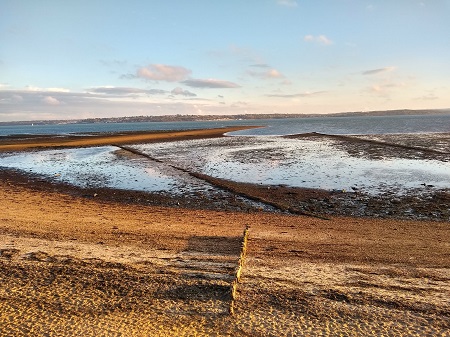European Marine Sites (EMS)

In 1992, the European Community passed Council Directive 92/43/EEC, the 'EC Habitats Directive'. The Habitats Directive aims to maintain biodiversity by conserving important habitats and species, whilst contributing to the sustainable development of designated sites. The implementation of both the Habitats and Birds Directives is translated into English and Welsh legislation by the Conservation of Habitats & Species Regulations 2017 (as amended), commonly known as the 'Habitats Regulations'.
The legislation transposing the EU Habitats Directive and the Wild Birds Directive has been changed so that they continue to operate effectively from 1 January 2021. This includes the Conservation of Habitats and Species Regulations 2017 (as amended) in England and Wales, and the Conservation of Offshore Marine Habitats and Species Regulations 2017 (as amended). The changes were made by the Conservation of Habitats and Species (Amendment) (EU Exit) Regulations 2019.
The term 'European Marine Site' (EMS) (as defined by the Habitats Regulations) refers to those marine areas of both Special Areas of Conservation (SACs) and Special Protection Areas (SPAs). An EMS can be an entire SAC or SPA, or only part of one (the SAC/SPA may also include terrestrial areas). However, ‘European Marine Site’ is not a statutory site designation; it is a management unit for sites which extend beyond the Site of Special Scientific Interest (SSSI) /Area of Special Scientific Interest (ASSI) designations in the UK.
European Marine Sites are now commonly referred to under the umbrella term of Marine Protected Areas (MPAs).
The main requirements for EMS sites are:
- Sites should be managed to contribute to the 'favourable conservation status' of the species.
- Steps shall be taken to avoid the deterioration or disturbance of the habitats and species.
- Activities, plans or projects that are likely to have an impact on the conservation features for which the site is designated shall be subject to assessment (Habitats Regulations Assessment).
- A programme of monitoring habitats, species and activities shall be undertaken within the site.
- Management of the site shall take account of the economic, cultural, social and recreational needs of local people.


